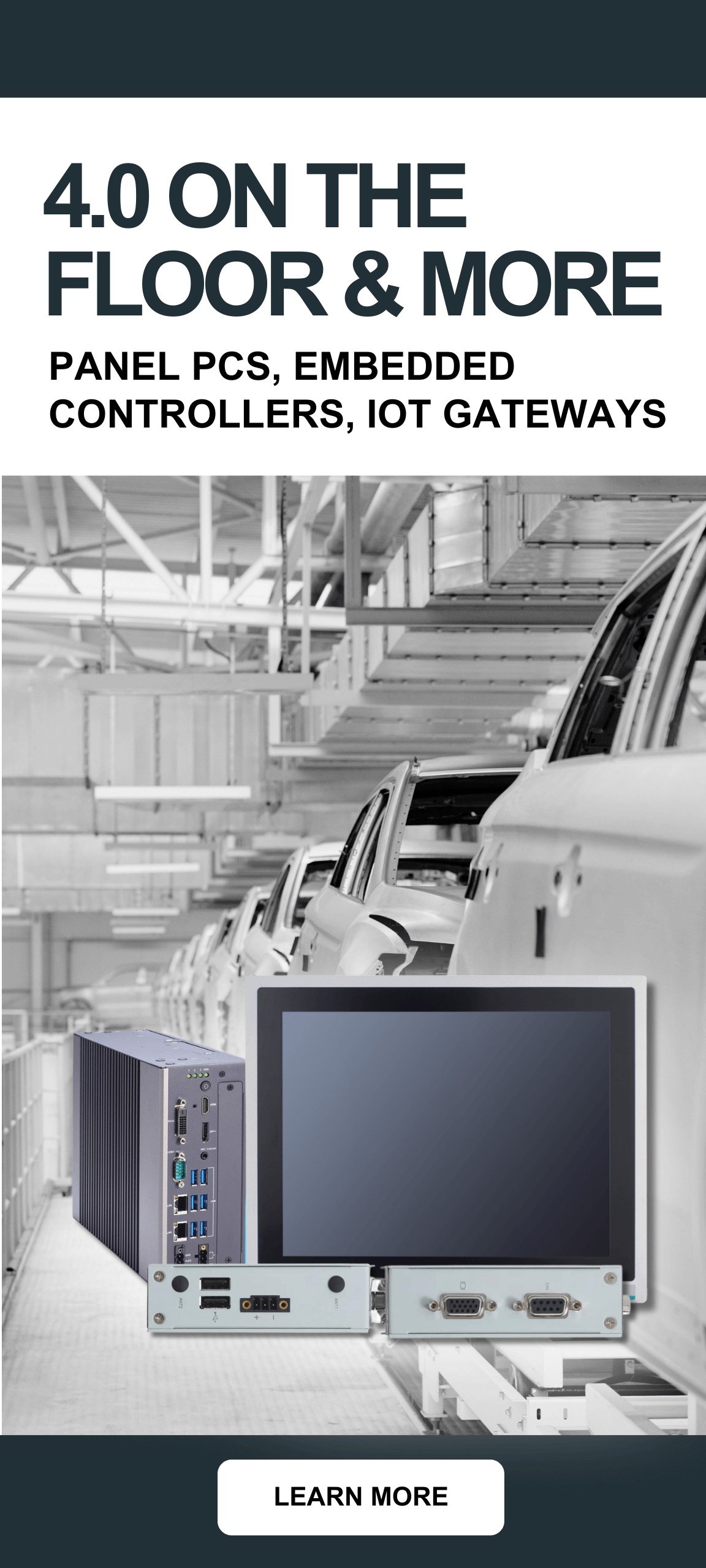
Trends in Embedded Military Systems
Blog
 Technology is rapidly and undeniably changing the capabilities and various applied uses of equipment and electronic systems. Trends are shaping the future of the embedded system, which is in ever increasing use in the areas of the military and defense, as well as aerospace. Electronic components are a factor on battlefields and in other military operations, as they provide far more accurate ways to approach and manage high-risk situations.
Technology is rapidly and undeniably changing the capabilities and various applied uses of equipment and electronic systems. Trends are shaping the future of the embedded system, which is in ever increasing use in the areas of the military and defense, as well as aerospace. Electronic components are a factor on battlefields and in other military operations, as they provide far more accurate ways to approach and manage high-risk situations.
However, in the event that these devices were to fail in the field due to temperature or shock, critical operations can come to a halt or fail completely, leading to further and more damaging consequences. As such, the need for top-notch embedded military systems is flourishing, and is being met as one of the more challenging aspects of OEM computing.
Trends That Fuel Embedded Military Systems
 There are several main trends that fuel the ever-increasing market for embedded military systems and boards. One is the need for high-power computing, in a rugged, reliable package.
There are several main trends that fuel the ever-increasing market for embedded military systems and boards. One is the need for high-power computing, in a rugged, reliable package.
More and more, there is an need for horsepower in military systems, with a parallel increase in necessity for rugged capabilities, such as wide temperature ratings and drop resistance. The reason for this is simple. There is a need for more computing in the field. Just as we see it in our daily lives, we see it in the military industry, everything is becoming computerized. The more complex the procedure that the computer needs to run, the more horsepower it needs, and the simple fact of the environment demands rugged specifications.
 There is a necessity for accuracy in embedded military systems. If there is one key determinant that differentiates embedded military systems from other embedded systems, it is the trust and accuracy that should be assured by the reputation of the OEM or manufacturer. The military setting where the embedded systems will be applied makes it necessary to assure the highest quality and trusted performance is available for the equipment.
There is a necessity for accuracy in embedded military systems. If there is one key determinant that differentiates embedded military systems from other embedded systems, it is the trust and accuracy that should be assured by the reputation of the OEM or manufacturer. The military setting where the embedded systems will be applied makes it necessary to assure the highest quality and trusted performance is available for the equipment.
Having reliable equipment decreases the possibility of malfunctions that can be extremely damaging in the face of crisis. Counterfeit products of lower quality is a concern as is tampering. This is why the actual distributor from which the applicable equipment is acquired should be reliable, in order to guarantee the parts free of any unwanted or illegal access from outside parties.
Compatibility of Multi-Core Processors
 With multi-core processor technology reaching a head with quad-, hexa- and even octacores becoming commonplace, use of this technology is starting to proliferate in embedded military systems. Multi-core processors provide better performance while reducing the power consumption of the product. In fact, multi-core processors have been found to be very compatible with a popular application in military systems called symmetric multiprocessing.
With multi-core processor technology reaching a head with quad-, hexa- and even octacores becoming commonplace, use of this technology is starting to proliferate in embedded military systems. Multi-core processors provide better performance while reducing the power consumption of the product. In fact, multi-core processors have been found to be very compatible with a popular application in military systems called symmetric multiprocessing.
In addition, the memory size associated with multi-core processors has become a major asset in embedded military systems. If before, the most common solution for memory storage issues was to split the data among several central processing units, there is now one memory storage system that can manage a huge amount of data in just a single multi-core processor unit.
Embedded Military Systems can support action in high-risk situations with low power consumption, high performance, reliability and safety.
 Brian Luckman is the President of New Era Electronics. He has worked in the industrial OEM market for over 25 years, serving a variety of different industries, gaining a strong reputation for his expertise and a thorough understanding of how to properly service OEM customers. In 2000 he began New Era Electronics and the company continues to grow. He’s a husband and father and enjoys exploring the outdoors.
Brian Luckman is the President of New Era Electronics. He has worked in the industrial OEM market for over 25 years, serving a variety of different industries, gaining a strong reputation for his expertise and a thorough understanding of how to properly service OEM customers. In 2000 he began New Era Electronics and the company continues to grow. He’s a husband and father and enjoys exploring the outdoors.
Creative Commons Attribution: Permission is granted to repost this article in its entirety with credit to New Era Electronics and a clickable link back to this page.




